Reportar esta entrada
Más sobre la misma comunidad-colección
Josefina Ramirez y Pedro Ramirez hacia 1925
Pedro and Josefina Ramirez the parents of Rosa Guerrero.
Assistance League® de El Paso - 2728 E. Yandell
Assistance League® of El Paso is a nonprofit, nonsectarian ...
PASO ( poner una sonrisa en ) Bears®
PASO (Put A Smile On) BEARS® program provides Teddy Bears to ...
Assistance League® de tienda De Segunda Mano de El Paso
Assistance League of El Paso’s main fundraiser is the Thrift ...
Embajador de la diversión de Annie aventuras de El Paso
El Paso's Ambassador of Fun Personal shopper/buyer, ...
Embajador de la diversión de Annie aventuras de El Paso
El Paso's Ambassador of Fun Personal shopper/buyer, ...
Primera vez en la historia y que lo hizo increíble!
Smores, Bears, Rain, Quick Sand, & "broken foot"
Confirmacion B'nai Zion en 1947
This was the confirmation class at B'nai Zion Synagogue in 1947. ...
Joyce Friedman -- Reina de Futbol en El Paso High School -- 1951
Joyce Friedman (Jaffee) was chosen Football Queen of El Paso ...
Household Furniture Store edificio con la familia Jaffee
The groundbreaking for the new Household Furniture Company took ...
Los entrenadores de el Gymnasio FlipFit demuestran su amor por la acrobacia.
FlipFit Training first opened its doors in January 15 2014. ...

















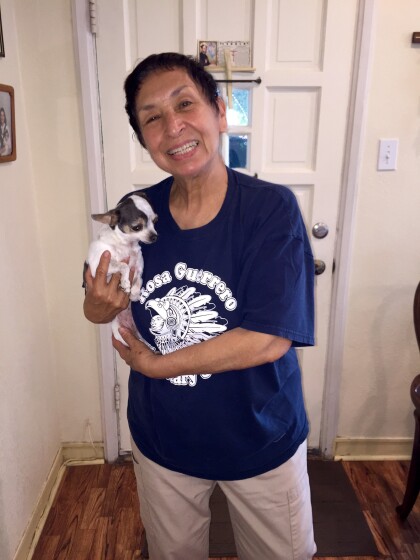
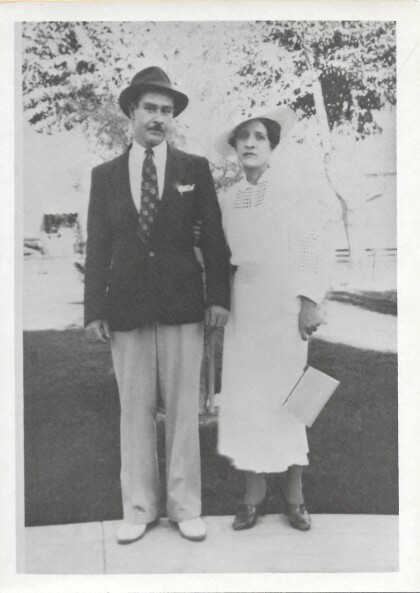
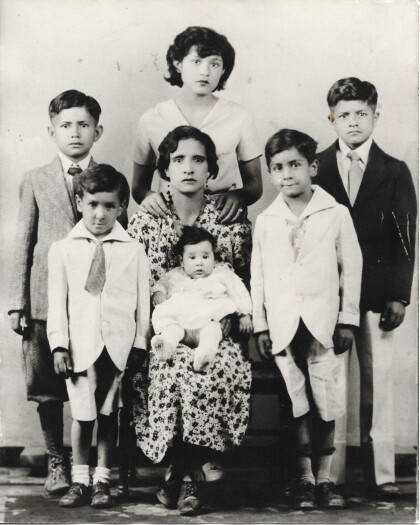
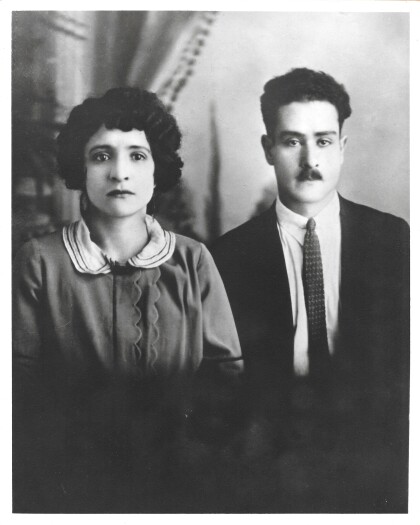
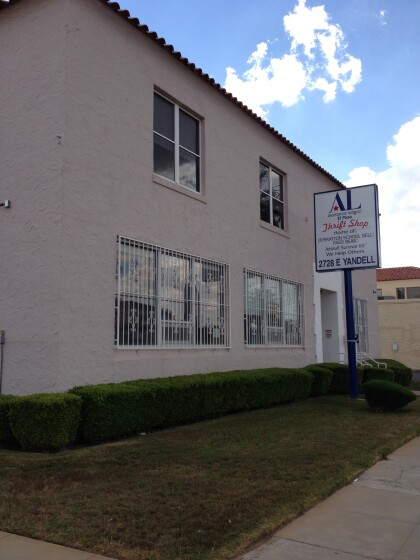



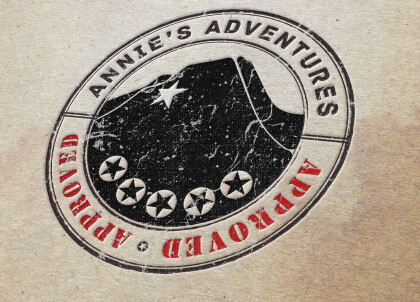







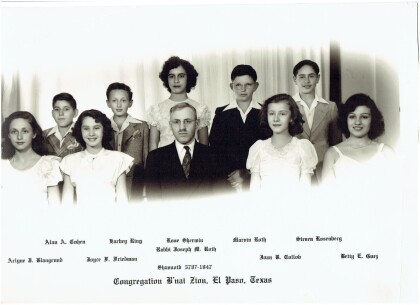
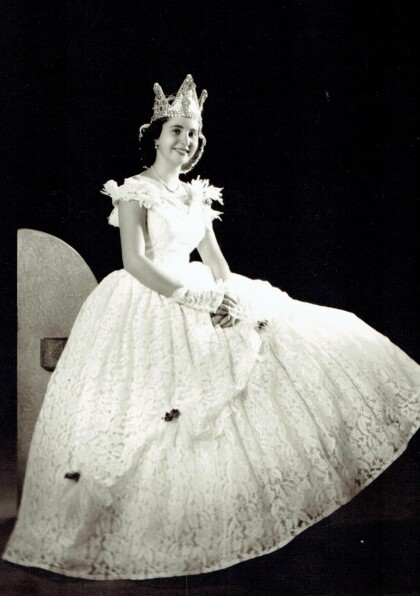
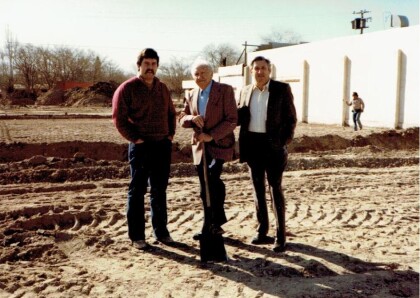
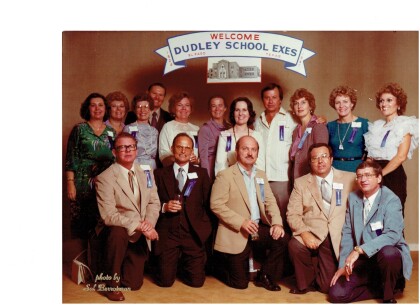
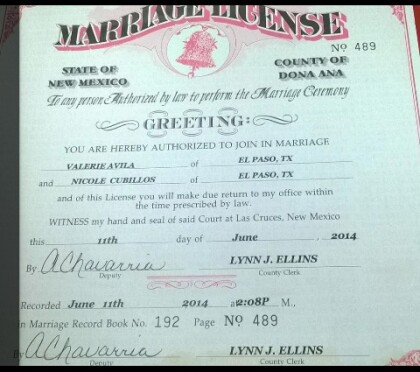


Comentarios
Hacer un comentario